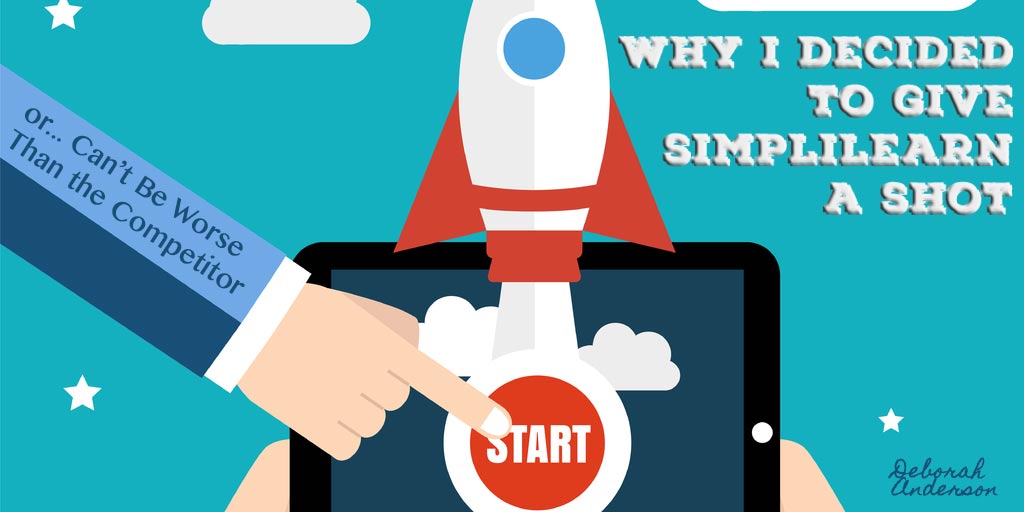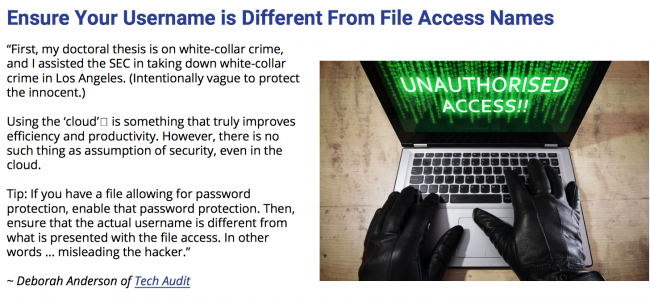So many times, when we are thinking about technology, social media, and modern day access to creative (and technological) innovations, we think of some of the common industries and their related businesses. In the case of this blog, it is often in the context of financial institutions.
As the “News Spotter” for this blog, I was in search of other industries and took a look at the region of Texas, and specifically the city of San Antonio. My objective was to choose a different industry than that which would be the first to come to mind and so I chose the liquor store industry, an industry that is not necessarily often covered in this context, but which deserves the deeper look, just like any other industry. This is especially true because it has different needs and requirements, and yet similarities to other industries. This is all the more reason to take that deeper look. And, that is what I do, as a part of my role as the News Spotter.
When it comes to running a liquor store, there is much more that one needs to worry about than just keeping the shelves stocked and occasionally obtaining, in this case, the liquor license San Antonio TX requires. Of course, this varies according to whatever city (or state) requirements surround the licensing of the liquor store and that is a very important step that needs to be followed and adhered to on an annual basis (or whatever the government requires).
Indeed, on top of these basic requirements to keep a business running, a business owner needs to ensure that he or she is securing their store and driving new business to that location.
Just like any other company, liquor store owners can benefit from using technology to their advantage. If the liquor store owner wants to improve their store (and success), then following these technology tips may be helpful for these liquor store owners.
This News Spotter is happy to slip into the role of technologist and social media expert to share these tips.

Use Cutting Edge Technology To Ensure the Store’s Safety
It’s a sad fact of life that liquor stores are frequent targets of burglars and thieves. This is why the right security measures are essential in this industry. Aside from an actual physical guard, a camera system is the best security measure for liquor stores. This enables the liquor store owner to visually document everything that occurs in their store.
There are other technology innovations that can help the owner to keep their store secure. For example, silent alarms that alert authorities in the event of a burglary can be life-saving should the business ever be targeted. Considering how far technology has come, it is critical that owners have these excellent security measures in place at their business locations.

Social Media For Promotion
Many liquor store owners do not put a lot of time and energy into promoting their business. This is a mistake, even if they are in a prime location. Using social media to promote their business can help to bring in new clientele and raise the visibility of their business in their local area, in this case, San Antonio.
All liquor store owners should operate Facebook and Twitter accounts where they promote specials, deals, and discounts. This is also a great way to talk directly to the consumers, which can help to positively influence the marketing efforts down the road.
Liquor store owners should definitely use technology to their advantage. Not only can one use technology to keep their business secure, but it can also be used (as in social media) to market their store and attract new customers. Liquor store owners would be wise to stay on top of new tech trends that could benefit them.











